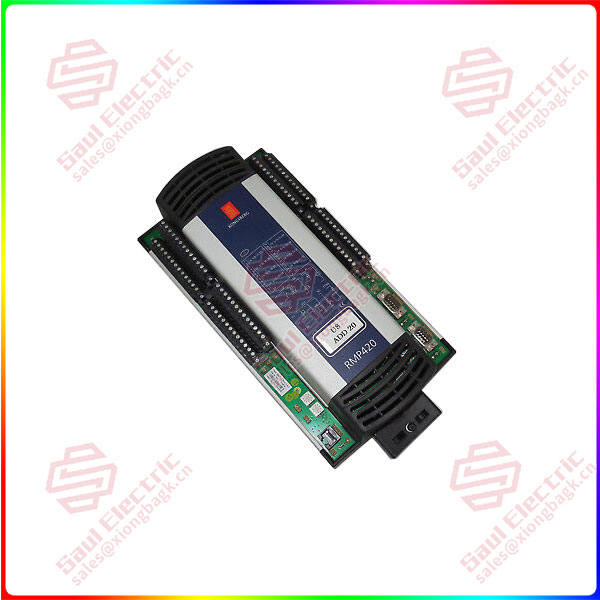In industrial sites, safety grating is often the preferred safety sensor for open access protection. So in the practical application of the grating, do you have to worry about the selection?
– How can I choose a grating that meets the requirements of the safety standards and meets the cost performance of the actual application?
– Is it limited by the installation position of the raster or not sure if the installation position meets the requirements?
– How to choose the safety level, protection height and resolution of the grating (to protect the finger/hand/body)?
Two criteria related to grating applications
In fact, some seemingly independent issues are interrelated, and we can only select the safety grating that meets the actual needs by combining the requirements of relevant safety standards.
Iso 13849-1 or GB/T16855-1 is used to determine the safety level of the grating
In short, the risk analysis determines the performance level (PL) required by the risk source of the grating protection, and then selects the safety grating that is equal or higher than the corresponding level. The performance level usually required by the industry is PLd (Class 3) -PLe (Class 4). If the grating selected by the user is lower than the required safety level, it may increase the probability of failure due to the performance characteristics of the product itself, increasing the potential risk.

RMP420
ISO 13855 or GB/T19876 is used to determine the protection height, resolution, safety position, etc
The standard is used to determine the minimum size of the grating distance hazard from the installation position, and the size of the grating distance hazard needs to be increased if the protection height is insufficient by means of the table parameter limitation. When the height of the selected grating can fully protect the hazard, the different resolution will also affect the size of the grating distance from the hazard.
The ISO13855 standard gives an important formula for calculating the minimum safe distance.
Minimum safe distance S = K * T + C
K is the human approach speed
T is the downtime that triggers the raster until the device stops completely
C is the additional distance, when the grating can fully protect the danger source C=8* (D-14) mm, d is the resolution of the grating; When the person can reach the hazard source from the top of the raster, C needs to be added according to the table parameter limit value.
In summary, the protection height and resolution of the grating will have an impact on the size of the grating distance hazard source. When the installation distance is limited, the protection height and resolution can be improved to meet the requirements of the safety standard. When the most basic indicators of the safety standard are met, it proves that the equipment meets the safety compliance requirements.
 1 Year Warranty
1 Year Warranty




